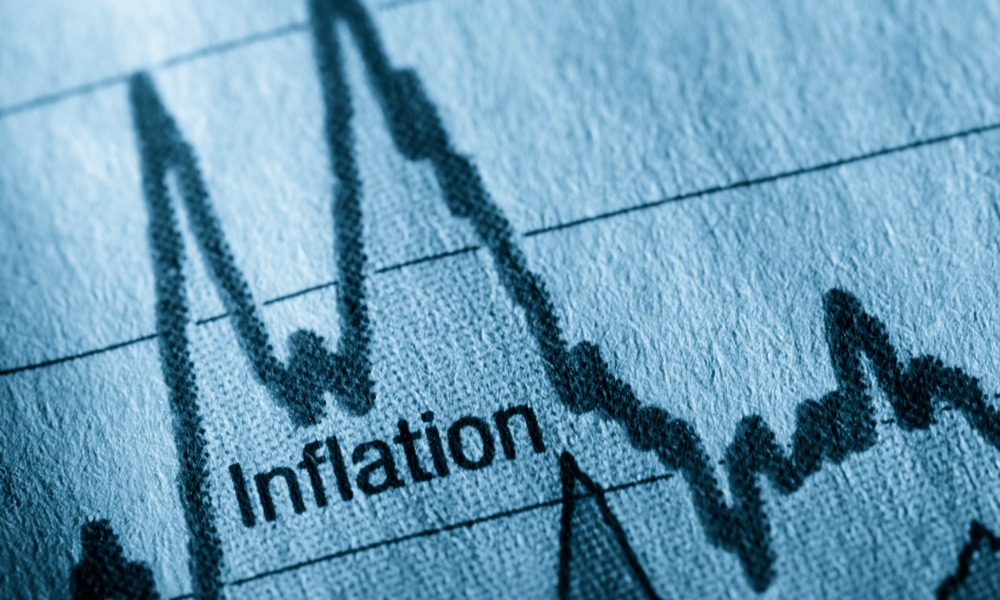Move "out of line" with usual trend

The US’s annual inflation rate ticked downwards in January but remained resolutely above the Federal Reserve’s target level as price pressures continued to grip the economy.
Labor Department figures released Tuesday showed the consumer price index (CPI) was up 3.1% last month on an annual basis, slowing from 3.4% in December but with the monthly pace of price growth accelerating.
The CPI was up 0.3% between December and January compared with 0.2% the prior month, while both monthly and annual inflation came in hotter than preliminary estimates had suggested.
The news marks a further signal that inflation is moving well away from the four-decade high of 9.1% it reached in the summer of 2022, although it continues to hover above the Fed’s target of 2%.
What does the latest inflation news mean for interest rates?
The milder-than-expected drop in annual inflation was surprising, according to Oliver Rust, head of product at independent economic data provider Truflation, with a “much more pronounced” fall having been anticipated.
“This small decline is out of line with the typical seasonal trend, which tends to see a spending slump following December’s exuberant consumption,” he said.
The energy index fell by 0.9% month over month – but Rust highlighted that both food and shelter had continued to see price growth on a monthly basis, deviating from Truflation expectations, as core inflation also jumped in January compared with December.
Rust said the “underwhelming” figures were likely to further reinforce the Fed’s current hawkishness on interest rates. “Indeed, there is simply no need for an interest rate cut, because inflation remains elevated and the US economy does not require stimulating,” he said.
“Interest rate cuts are a tool the Fed uses to boost economic growth, but the markets are booming and GDP growth for Q4 came in well above expectations. The labor market remains tight and wage growth is accelerating.
“So, for the time being, economists and policymakers will continue watching the data for signs of weakness, but the Fed will not pull the trigger at its next meeting.”
Other factors under consideration for the Fed, Rust said, will be the household savings rate, the employment market, and the Personal Income and Outlays report at the end of this month. Increases in each of those data sets, he suggested, would see policymakers “reassured that they can take their time with interest rate cuts.”
CoreLogic chief economist Selma Hepp said the latest figures also added credence to the Fed’s current reluctance to consider interest rate cuts.
The results, she said, suggest a “continued slowdown” in the Fed’s inflation target, despite stubbornly high prices in the face of softening rental costs.
Those prices are “balancing the nation’s economy on its path to a so-called soft landing,” Hepp said – but “overall, the nation’s economy remains strong, so don’t expect an interest rate cut this half of the year unless consumer prices take a larger, downward trajectory.”
Stay updated with the freshest mortgage news. Get exclusive interviews, breaking news, and industry events in your inbox, and always be the first to know by subscribing to our FREE daily newsletter.



